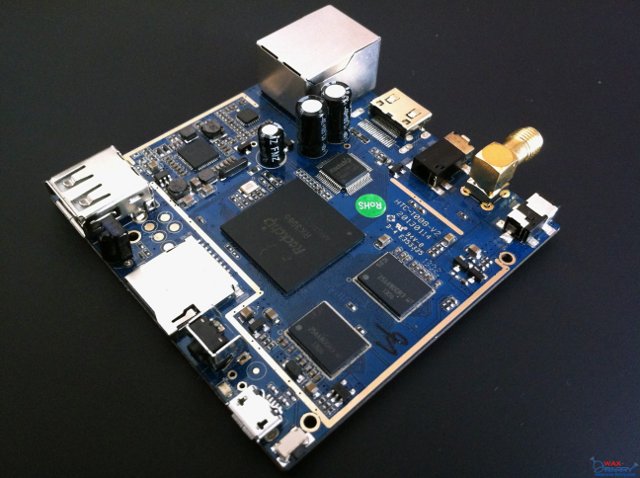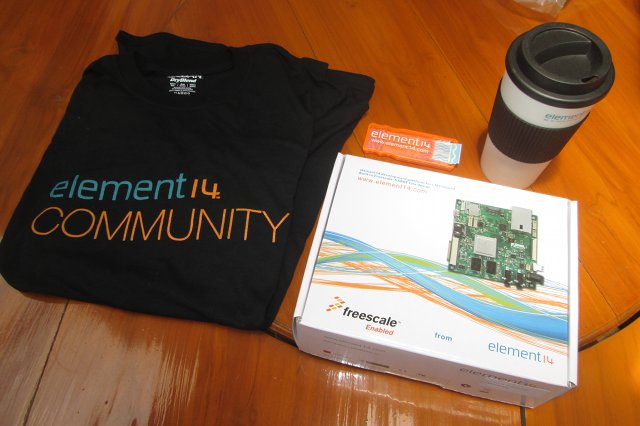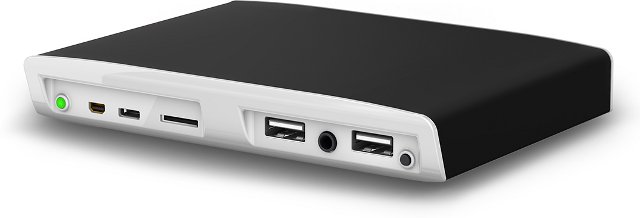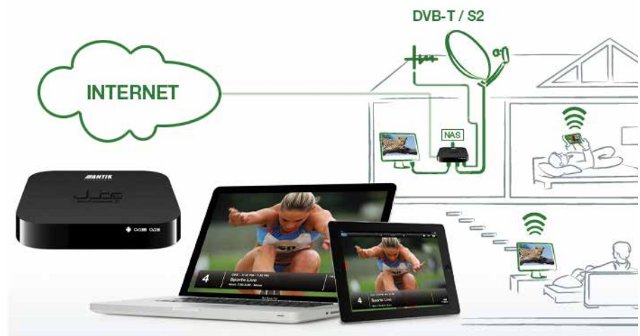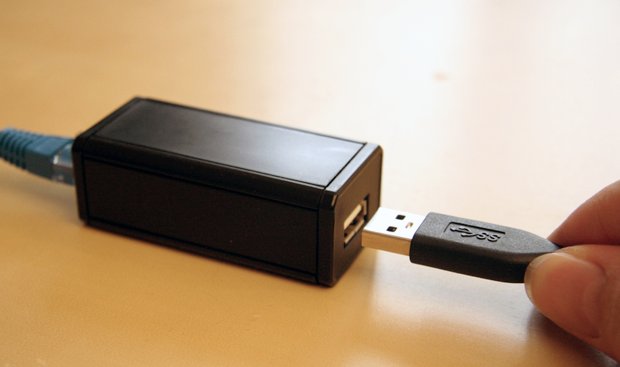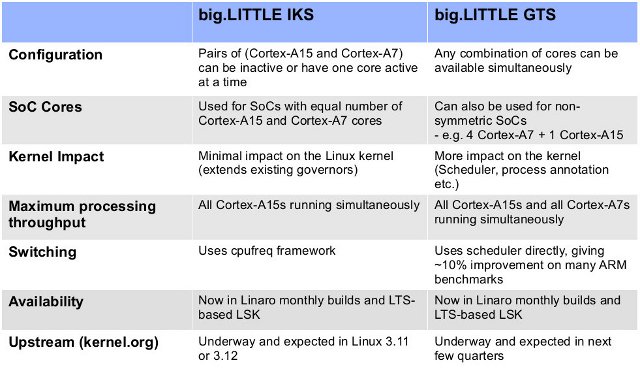The other days I announced CubieTech and Olimex were working on low cost Rockchip development boards, but it turns out there’s already one on the market called Waxberrry Pi2, or WB-RK3066, made by Waxberry, a Chinese company. Here are the specifications of this development board: SoC – Rockchip RK3066 dual core Cortex-A9 processor @ 1.6GHz with Mali-400 MP4 GPU System Memory – 1GB DDR3 RAM Storage – 8GB NAND Flash + micro SD card slot USB – Standard USB OTG + Micro USB OTG; Connectivity: 10/100M Ethernet; WIFI 802.11b/g/n (MediaTek MT5931) Bluetoothv2.1+EDR (MediaTek MT6622) Video Output – HDMI + AV Debugging – Serial port Misc – IR Sensor Dimensions – 72mm x72mm The board comes with a Mini HDMI cable, a 5V/2A power supply, a USB Data cable, and a USB-serial board for debug. There’s also a CD with the board schematics, Android 4.1.1 SDK and Linux Kernel 3.x source […]
Freescale SABRE Lite i.MX6 Development Board Unboxing, Wandboard Quad Comparison, and Quick Start Guide
Freescale SABRE Lite is a development board powered by i.MX6 Quad processor with 1GB RAM, SATA, GbE Ethernet, and more. You can get SABRE Lite specifications in my first post about the board. I recently participated in Element14’s “brainteaser” competition for the 4th birthday of their community, where the company offered 9 SABRE Lite development kit to randomly selected participants, and I got lucky. The board can be purchased for $179 from Element14 (MCIMX6Q-SL). I’ll start by showing what in the package, followed by a side-by-side comparison with Wandboard Quad, and show how to getting started by following the Quick Start Guide provided with the board. SABRE Lite i.MX6 Development Kit Unboxing I received the board about 5 days after I provided my address in a large staple carton box with a few goodies. Beside SABRE Lite devkit, the package comes with Element14’s T-Shirt (not my size), double walled tumbler, […]
$99 (and up) Compulab Utilite ARM based Computer Runs Ubuntu or Android
If you’re ready to tinker it’s possible to run Linux in one of the low cost ARM based set-top boxes or mini PCs currently available, although if you need Linux with 3D acceleration and video playback, your only realistic option is to go with solutions based on Freescale i.MX6. Compulab has been developing a mini desktop computer based on Freescale i.MX6 Solo, Dual or Quad that will run either Ubuntu or Android, so you don’t need to mess around to run Ubuntu on cheap ARM hardware. The device is expected to sell for $99 and up starting in August according to Fanlesstech. Compulab Utilite will have the following specifications: SoC – Freescale i.MX6 single / dual / quad core Cortex-A9 up to 1.2GHz, with Vivante GPU, and Video Processing Unit supporting multi-stream 1080p H.264, VC1, RV10, DivX HW decoding System Memory – Up to 4GB DDR3-1066 Storage – 1MB SPI […]
Juice Extreme 2 Android TV Home Gateway Features 4 DVB Tuners for Multiscreen Support
Antik Technology, a Slovakia based company, has developed a Android set-top-box powered by STMicro StiH416 SoC. I wrote about the StiH416 development platform previously, and although it’s just a dual core Cortex A9 SoC, its video capabilities are impressive as it supports multiple simultaneous video decoding streams. The set-top box called Juice Extreme 2 leverages those capabilities with 4 DVB tuners (DVB-T or DVB-S2) that provide four different streams, and transcode them, to all video playback devices around your home such as TV, PC, tablet and smartphones, or record them to an internal SATA drive. JUICE EXTREME 2 key features: SoC – STMicro STiH416 (Orly) dual core Cortex A9 @ 1.2 GHz + ARM Mali 400MP4 GPU System Memory – 2 GB DDR3 Storage – 1 GB Flash + internal SATA connector + SD card slot Video: Quadruple DVB Tunner CVBS/Y Pb Pr (3.5mm jack) Tuner board connector RF IN/OUT […]
$79 Plug Makes Creating Your Own Cloud Easy
The “Plug” is a device with an Ethernet connection, and a USB port that allows you to connect up to 8 USB drives, and access those in a unified fashion from all your devices. It’s a bit like dropbox, except you are in charge, and the price per GB is much cheaper than cloud services. The Cloud Guys have launched a kickstarter campaign that has already received over $220,000 in pledges after just over two days. The Plug technical specifications are as follows: OpenWRT based Embedded Linux x86 compatible processor Port for your hard drive – USB 2.0 Port for Internet – Ethernet port 10/100 Mbps Average transfer speed: 30 Mbps Supported file systems: NTFS, HFS+, Ext3/Ext4, FAT32 Number of drives supported (using an external USB hub): 8 LED Display: Power/ Action Dimensions – 270mm (W) x 110mm (D) x 20mm (H) (This must be wrong as it seems way […]
Linux-Rockchip Developers Community Up, Rockchip Development Boards Coming Soon?
Companies like Freescale and Texas Instruments provide good software support, and documentation, which is why they can be found in many embedded devices, because without documentation or source code low-level customization is nearly impossible or extremely time consuming. They also usually open most of the documentation and code, because they understand this can foster the use of their chips. On the other hand, Chinese-based SoC manufacturers focus on high-volume platforms such as tablets and smartphones, and usually management don’t understand the advantage to make documentation and GPL source code available, or even may consider it bad for business. Some individuals and small companies do not see it that way however, and they either want to access to the source code to improve existing mobiles devices, or use low cost Chinese SoCs to provide highly customizable hardware and software solutions. So source code and documentation have started to leak, and tools […]
big.LITTLE Processing Update – In-Kernel Switcher vs Global Task Scheduling
big.LITTLE processing is a new technology announced by ARM in 2011 that allows an SoC to feature low power cores (e.g. Cortex A7) together with high performance cores (e.g. Cortex A15) in order to optimize power consumption. I’ve previously detailed two big.LITTLE software implementation methods: In-kernel switcher which runs tasks on either Cortex A7 or Cortex A15 depending on the load, but both processors can not run simultaneously. Heterogeneous multiprocessing (now called Global Task Scheduling) that assigns tasks to relevant Cortex A7 or Cortex A15 cores, and if needed, allows all cores to run at the same time. Linaro has just provided a update for the big.LITTLE software implementation. There are currently only two SoCs that ship in products with Linaro b.L kernel support: ARM’s reference Test Chip 2 (TC2) tile for the Versatile Express development platform, configured as an SoC with 2 Cortex-A15 cores and 3 Cortex-A7 cores. Samsung-LSI’s […]
Lernstift Digital Pen Hits Kickstarter for $150
Lernstift is a digital pen running Linux that aims at helping children learning how to write by vibrating when they’ve made calligraphy or orthography errors. I’ve covered the overall concept in an earlier post, which you can read for details. The company has made some progress, and they have just launched a kickstarter campaign where you can pledge 99 GBP (about $150) to receive the pen later this year or in early 2014. We do know a little more technical details. The first prototype was based on Gumstix Overo (TI OMAP3 or Sitara), but they are now working to design a custom board based on the platform for the final design. The pen comes with 128 MB RAM and runs embedded Linux. In order to gather handwriting data, Lernstift leverages a motion sensor that combines gyroscope with accelerometer, and adds a magnetometer. They’ve got a drawing with Freescale MMA9950L, but […]


